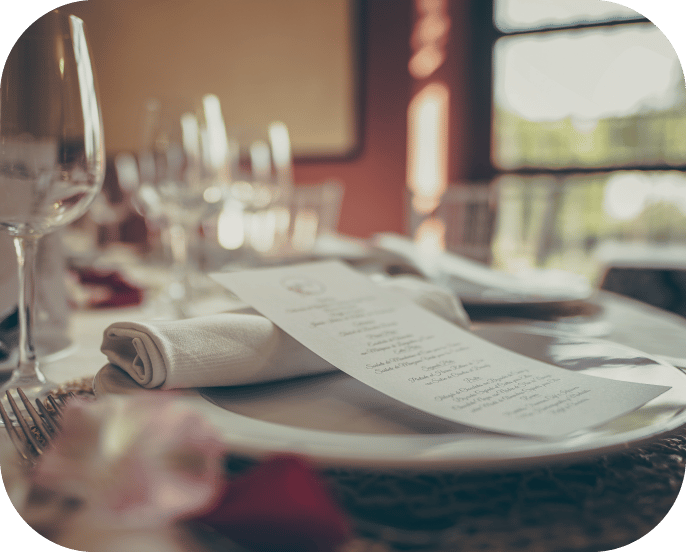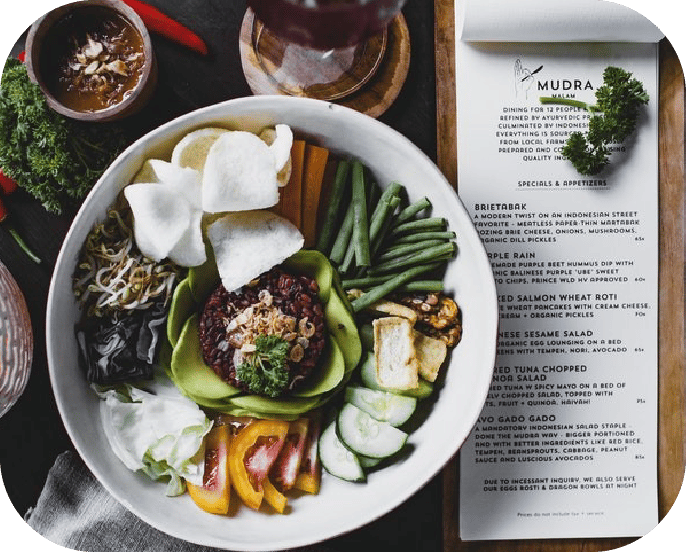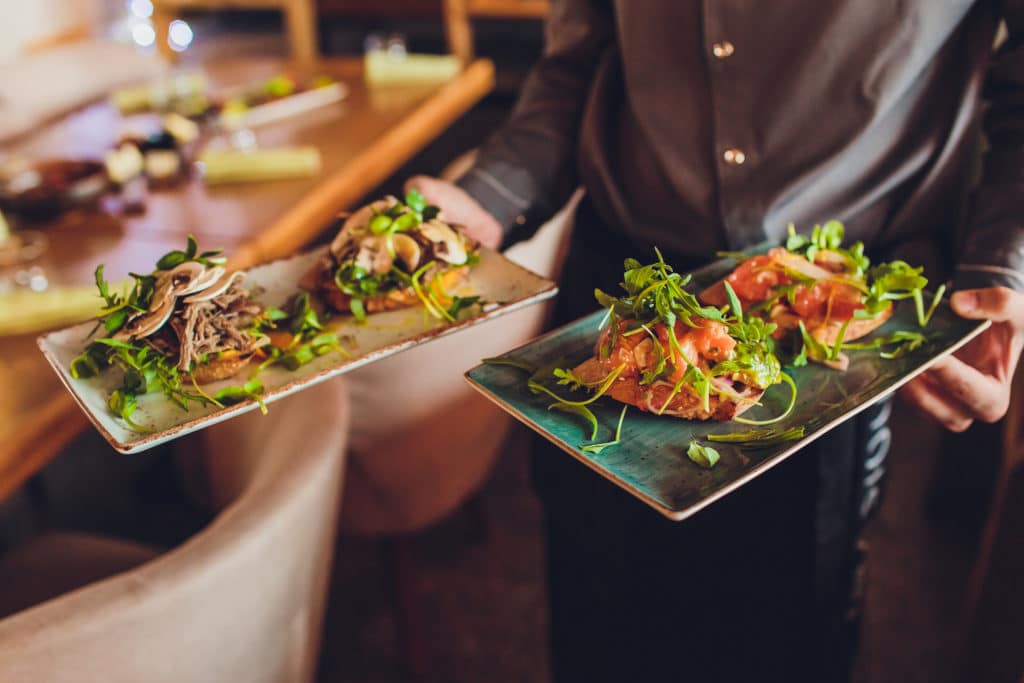While it’s important to change with the times and keep up with the newest dining trends, no amount of menu updating is viable without the proper foundation. Operators need to carefully make the calculations that menu changes and additions are profitable – otherwise, it may not be worth it.
Here are five key calculations to test a new menu item’s profitability:
Price = Sales / Quantity
Price is the average menu price for an item over the time period reported. This is calculated as total sales (from POS) divided by the quantity sold for the period reported.
Menu Item Cost = Cost of Each Ingredient + Cost of Purchase
Cost of purchase includes the price you paid, delivery fees, interest, and other charges related to purchasing. This value does not include labor costs.
For example, a loaf of bread costs $1.50 + 50 cents for delivery. You paid a total of $2.00 for the loaf of bread. It has 12 slices which can make 6 sandwiches. Each slice would cost 16 cents. Each sandwich uses 33 cents worth of bread. Overall it might use 33 cents worth of bread, 70 cents worth of turkey, 5 cents worth of mayo, 25 cents worth of tomato, and 10 cents worth of cheese, bringing the total cost of that item to $1.43.
Gross Profit Per Item = Price – Menu Item Cost
Gross Profit (Per Item) is the difference between the selling price and theoretical cost (Price- Cost) for an item.
Using the same example as above, if the turkey sandwich costs $1.43 to produce and you sell it for $8.00, your gross profit for that item would be $6.57.
Theoretical Cost of Goods Sold = (Item A Food Cost x Units of A sold) + (Item B Food Cost x Units of B sold) + (and so on)
Cost of Goods Sold (CoGS) reveals how much it costs to create each of your menu items. CoGS represents your inventory within a set period. To correctly calculate this value, you need an integrated restaurant management system that automatically records inventory at the beginning and end of the period you want to measure.
Contribution Margin = Menu Item Sales – Food Costs (within a certain period)
This value helps measure profit and shows how sales affect your net income. Contribution Margin (CM $) high or low, indicates whether the gross profit per sale of the item is above (high) or below (low) the average gross profit per sale of the report items. This is the total number of dollars that you take to the bank.


